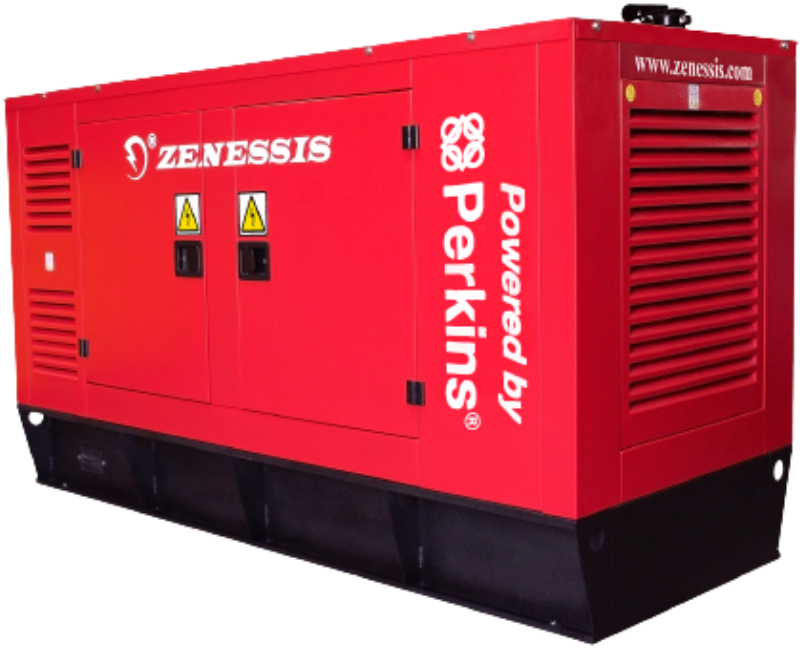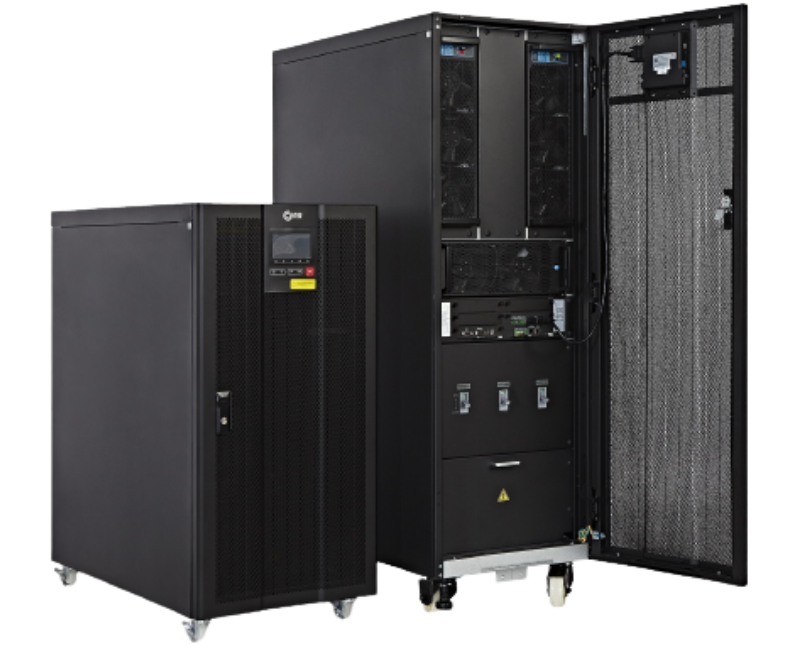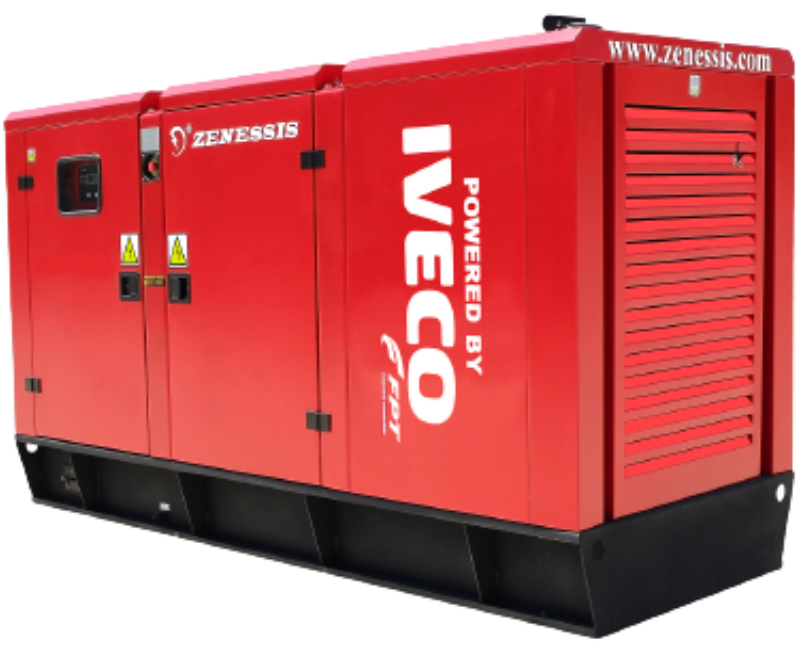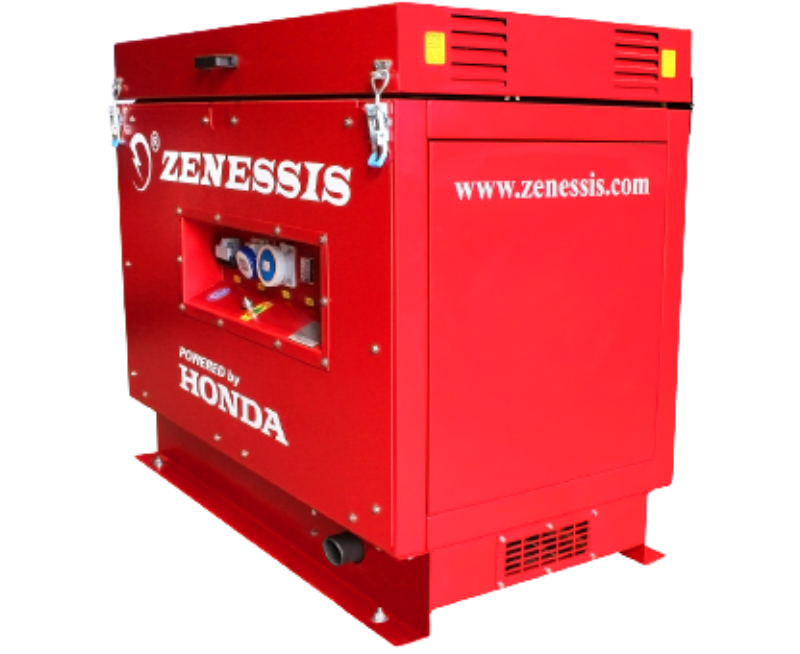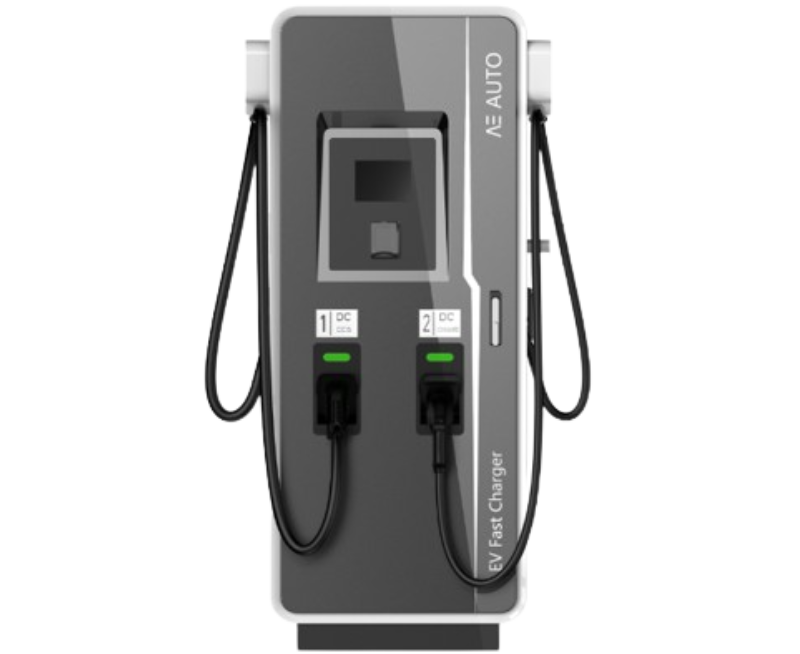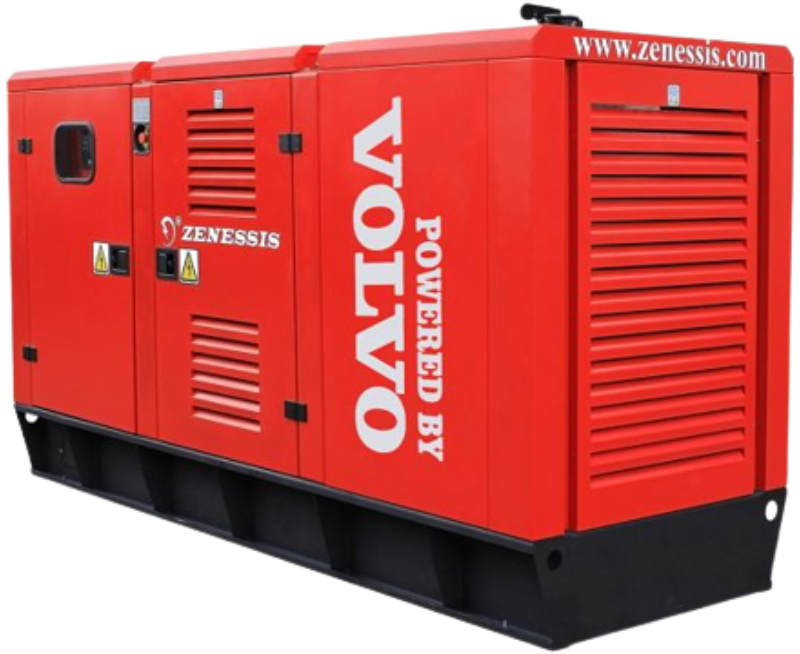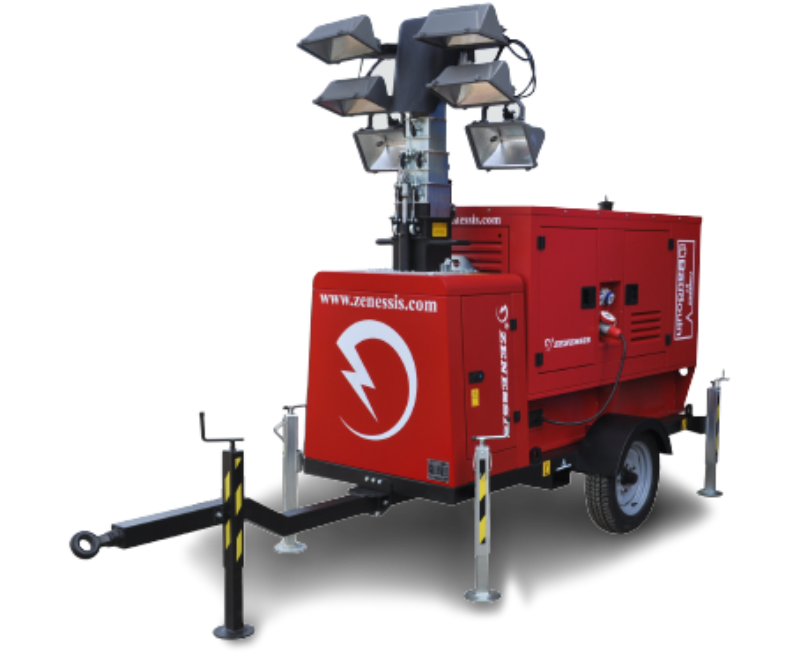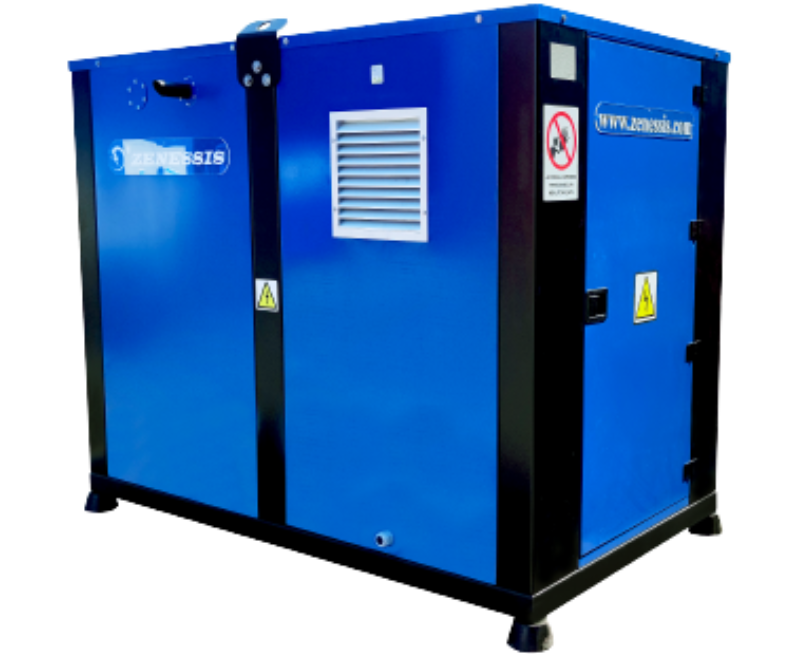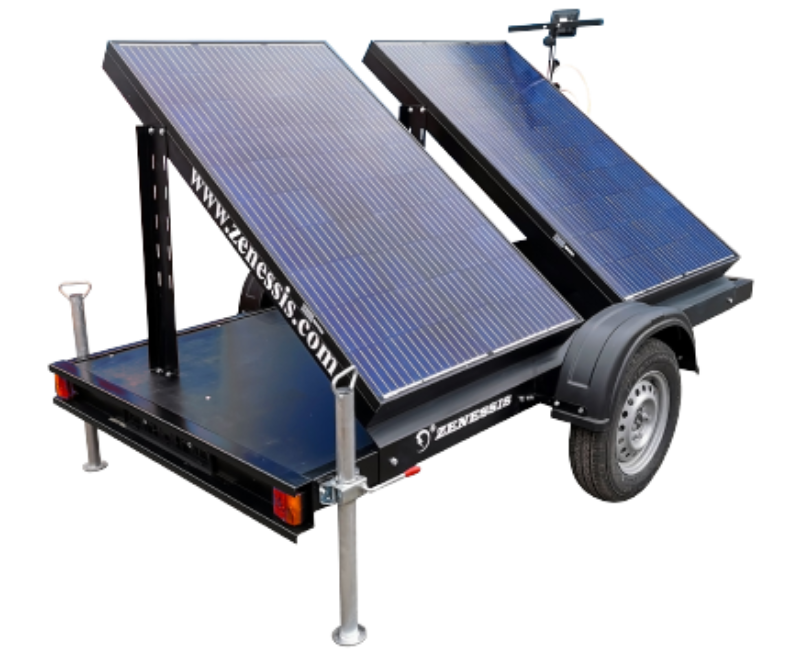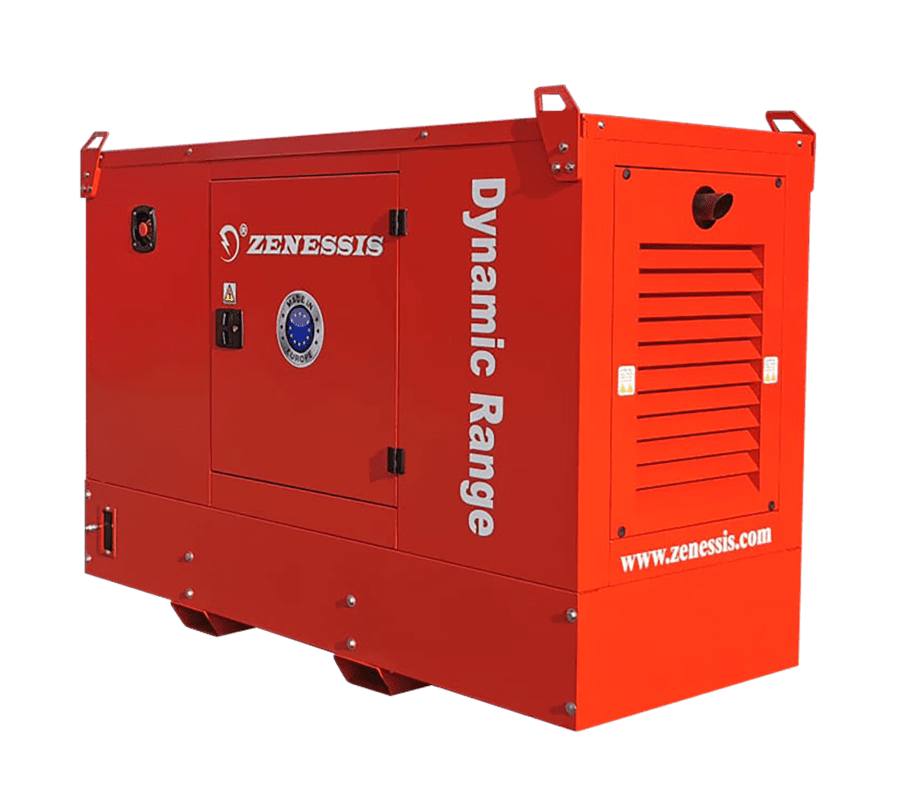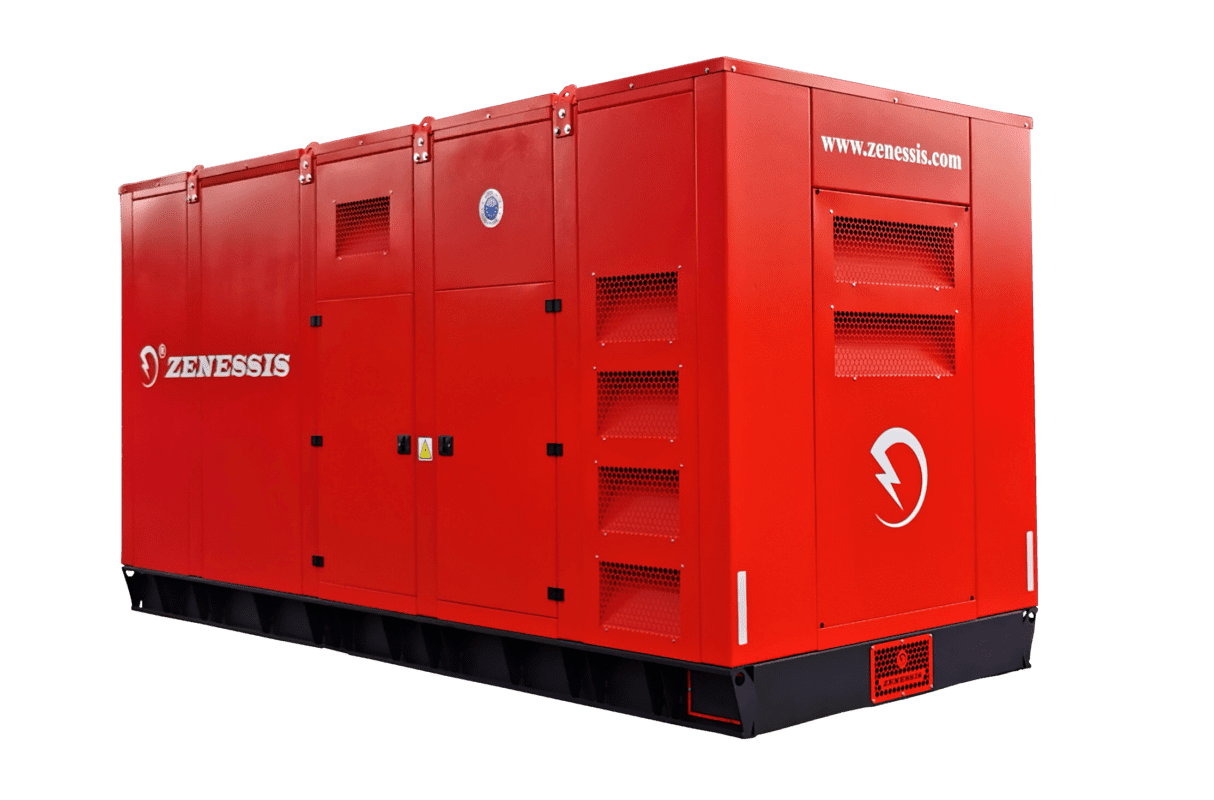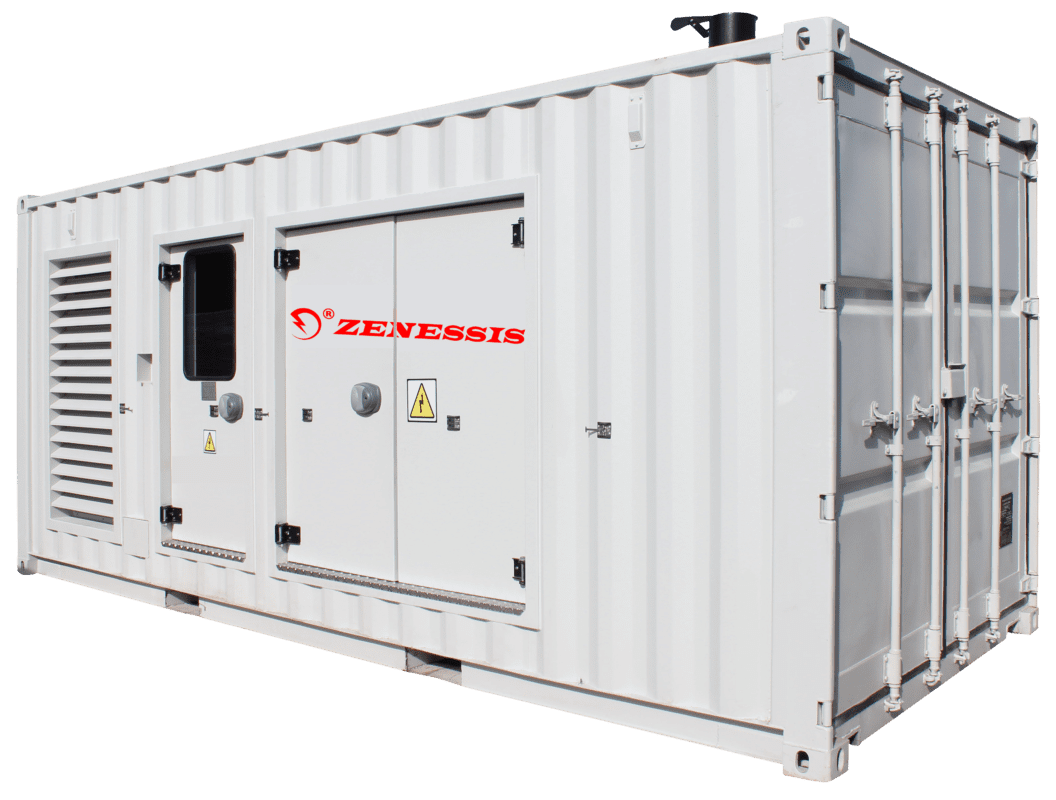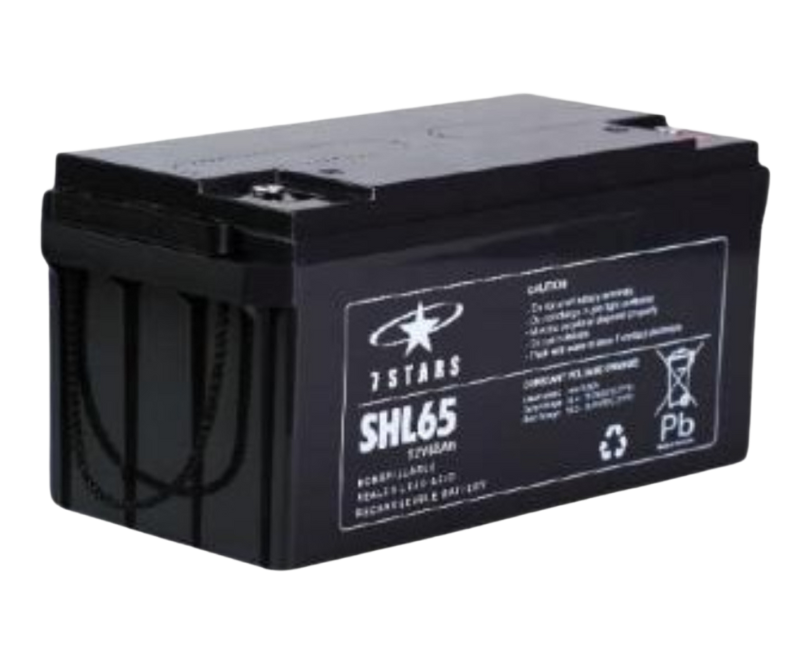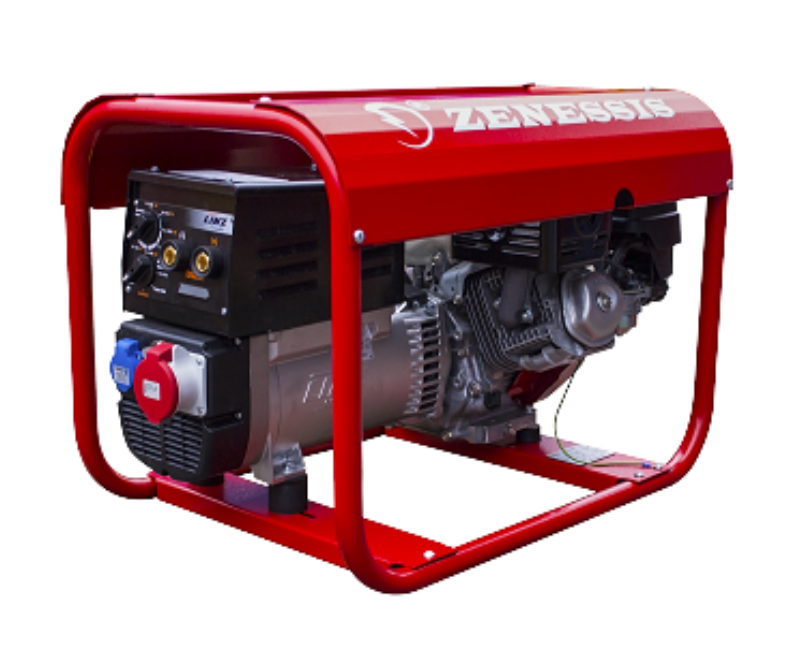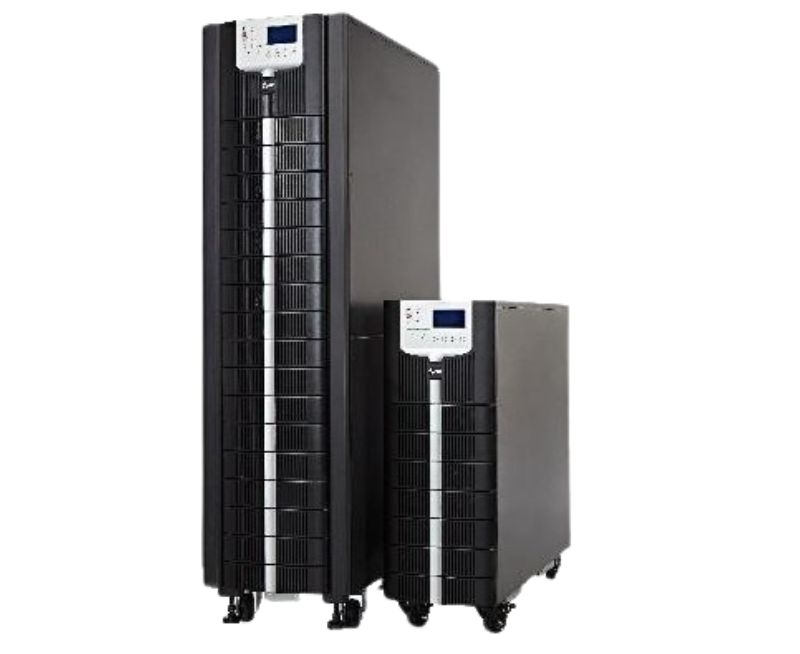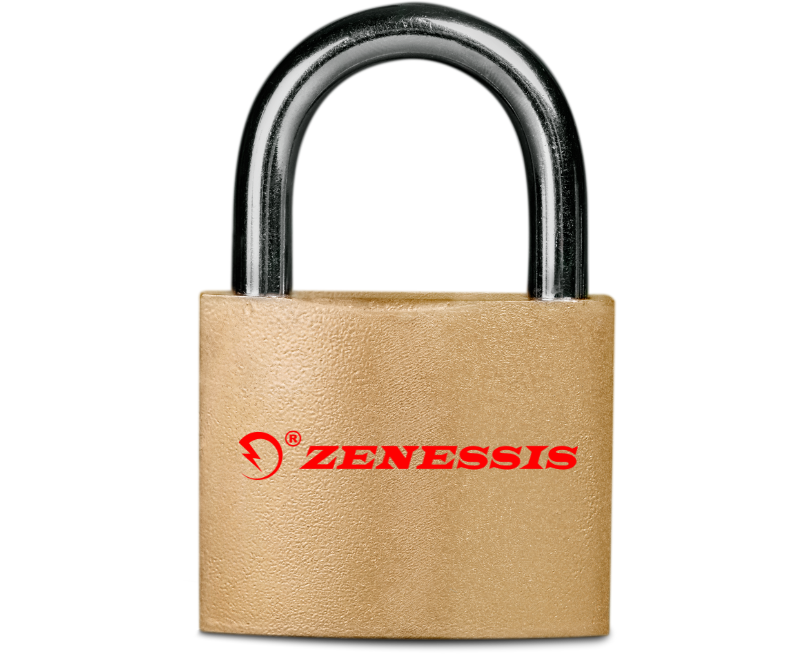Uninterruptible Power Supplies for Small Businesses: The Complete UPS Guide for 2025
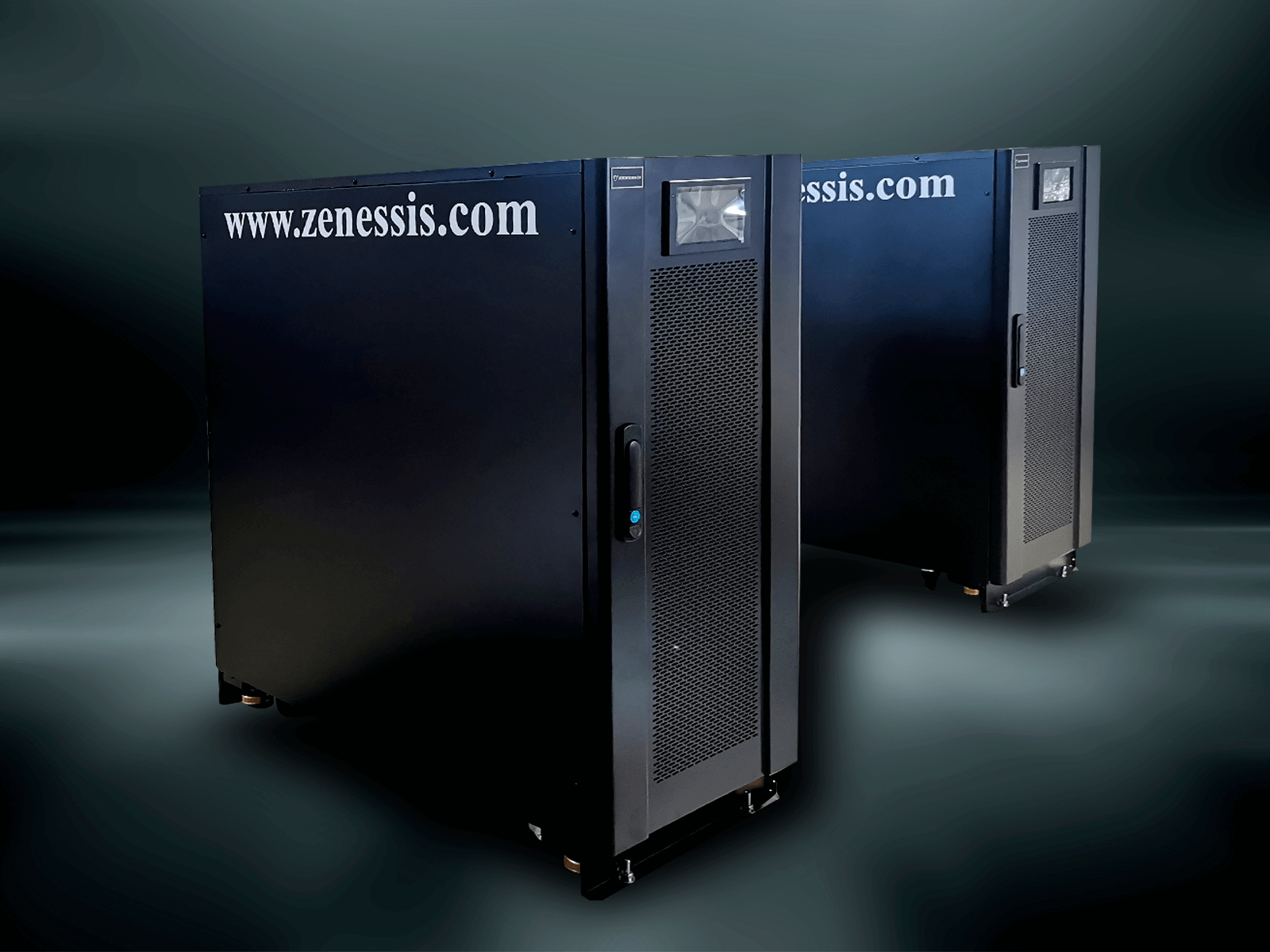
Imagine you’re at the office on a regular workday, working on your computer, when suddenly the power goes out. What happens to all those unsaved documents? Or worse, what happens to the servers managing your business data?
This is where a UPS (Uninterruptible Power Supply) comes into play—a solution that can make the difference between a small panic and a major data loss.
What Is a UPS and Why Is It Essential for Small Businesses?
A UPS is a device that provides backup power when the main power source fails or fluctuates. Imagine you’re in the middle of an important task, and the power suddenly goes out. The UPS instantly takes over and gives you the time needed to save your work and safely shut down your equipment. More than that, a UPS protects devices from voltage fluctuations that could damage them.
For a small business, protecting critical IT equipment (such as servers, computers, and network systems) becomes a priority, and a well-chosen UPS can prevent significant data loss, equipment damage, and—equally important—business interruptions. In such an environment, operational continuity is key.
Types of UPS Systems and How to Choose the Right One for Your Business
There are several types of UPS systems available, each with different features depending on your business’s needs. Let’s briefly review them and see which one suits your business best.
1. Offline UPS (Standby)
Offline UPS systems are the simplest and most affordable solutions. They operate based on a fast switch between the electric current and the internal battery when the main power source fails. They usually have a transfer time of 2 to 10 milliseconds, which may be enough for less sensitive devices like personal PCs or office equipment.
Although they are energy-efficient and cost-effective, they don’t offer full protection and are not recommended for critical equipment requiring uninterrupted power.
2. Line-Interactive UPS
These UPS systems are a step up from offline models. They include an inverter that remains connected to the output continuously, and when a power outage or voltage fluctuation occurs, the energy is redirected from the batteries. A major advantage of this UPS type is the Automatic Voltage Regulation (AVR) function, which corrects voltage fluctuations without switching to the internal battery.
Typically, line-interactive UPS systems have a transfer time of 2–4 milliseconds, which might be problematic for highly sensitive devices. However, for small businesses that don’t rely on high-performance IT equipment, these UPS units are a solid choice.
3. Online UPS (Double Conversion)
Here we’re talking about the most advanced technology. Online UPS systems, or double conversion models, provide the highest level of protection. They convert alternating current (AC) into direct current (DC), then back into stable AC power. This process eliminates any risk of power fluctuation or voltage drop.
Thanks to the continuous operation of the inverter, online UPS systems have no transfer time and offer complete protection. They are ideal for sensitive equipment such as servers or network systems that must remain operational without interruption.
What Should You Focus On When Choosing a UPS?
It is essential to choose a UPS that meets the needs of your business. Here are a few key considerations:
1. UPS Power: What Capacity Do You Need?
A UPS’s power is usually expressed in VA (volt-amperes) or kVA (kilovolt-amperes). It must be sufficient to power all the devices connected to it. For example, a 1500 VA UPS is suitable for a PC and a monitor, while a data center will need a much larger UPS (over 10 kVA).
Recommendation: Calculate the total consumption of your equipment (including servers, monitors, routers, and any other IT or office units), and make sure the UPS can support that power.
2. UPS Autonomy: How Long Can It Keep Devices Running?
A UPS’s autonomy refers to how long it can keep devices powered during an outage. Standard models offer between 5 and 15 minutes of runtime, but there are also UPS systems with external batteries that can provide several hours of operation.
If your business relies on critical IT equipment such as data servers, it’s essential to choose a UPS with enough autonomy to safely shut down your systems.
What Are the Benefits of a UPS for Small Businesses?
There are many advantages for a small business to invest in a UPS. Let’s discuss them briefly:
1. Protection for Critical IT Equipment
UPS systems protect your devices from power fluctuations, surges, and outages. Thus, they help extend the lifespan of IT equipment, including servers, computers, and network systems.
2. Continuity of Operations
With a UPS, your business can continue operating even during a power outage, allowing you to either keep working or shut down systems safely. In addition, it prevents data loss and avoids unexpected downtimes that could result in financial losses.
3. Long-Term Savings
Although it may seem like an extra expense initially, investing in a UPS can prove to be cost-effective in the long run. A quality UPS will protect your equipment from damage and prevent additional costs caused by unplanned power failures.
How to Properly Choose a UPS for Your Business?
It is important to assess your business’s specific needs before selecting a UPS. Here are some tips to help you make the right decision:
1. Determine the Required Power
Find the total power you need by adding up the consumption of every piece of equipment that will be connected to the UPS. It is essential to choose a UPS with at least that much power capacity.
2. Determine the Required Autonomy
If your business depends on the continuity of a critical IT system, choose a UPS with extended autonomy to allow time for data saving and safe equipment shutdown.
3. Choose the Right UPS Type
If you have sensitive or critical equipment, it is recommended to opt for an online (double-conversion) UPS, which offers continuous and interruption-free protection.
UPS Models Available from Zenessis
Endress Zenessis Group offers a wide range of single-phase and three-phase UPS systems, each designed to meet the specific needs of small businesses.
Single-Phase UPS Systems from Zenessis
- ZRM 1 and ZRM 1 ST: Electric UPS systems with 120 kW power and 1500 rpm.
- ZC 5K: A 5 kW electric model, ideal for small businesses.
- ZNG 40: With a power of 40 kVA / 40 kW, perfect for larger locations.
Three-Phase UPS Systems from Zenessis
- ZMZ 20K: Electric UPS with a capacity of 20 kVA / 20 kW.
- ZRTM 200K: With a power of 150 / 200 kVA, offering an efficient solution for larger businesses.
These models offer excellent protection for your equipment and are ideal for small businesses in need of reliable and secure power solutions.
Conclusion: Why Investing in a UPS Is a Smart Choice for Your Business
In 2025, protecting your IT equipment and data is more important than ever. A quality UPS not only protects you from power fluctuations but also ensures the continuity of your operations, preventing unexpected losses of data or equipment. Investing in the right UPS is a crucial decision for any small business, guaranteeing you won’t suffer from power outages.
Therefore, if you’re looking for a reliable UPS for your business, be sure to consider the required power, battery autonomy, and the type of UPS that best fits your equipment. And if you have questions or need specific recommendations, don’t hesitate to contact Zenessis for expert advice.

